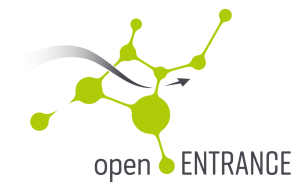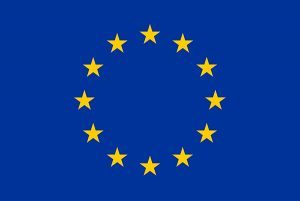The four quantitative scenarios for low-carbon futures of the pan-European energy system presented in the following report built upon the four storylines developed at the beginning of the openENTRANCE project. A storyline is a narrative describing ideas for future trajectories (pathways) of the energy transition. It is important to stress that a storyline should not be understood in the sense of a prediction about a most likely future development. Each of the four possible energy futures described in the openENTRANCE project could occur equally without stating a preference or bias for a single outcome. Instead, they should be understood as four possible energy futures, which could occur equally without having a preference for one of them. Consequently, the corresponding quantified scenarios, determined by means of the open source energy system model GENESYS-MOD, represent the more concrete empirical frames of the four possible future developments of the pan-European energy system.
Since the ambition of the openENTRANCE project is to study low-carbon futures of the European energy system, three of the quantified scenarios comply with the (European fraction of the) 1.5°C global temperature increase limit. The fourth one (called ‘Gradual Development‘) approaches the 2.0°C target. This means that the remaining CO2 budget available for Europe (derived from the Integrated Assessment Model MESSAGEix-GLOBIOM) fixes one of the challenging external constraints in the openENTRANCE scenario modelling exercises. In addition, available technology portfolios/breakthroughs (notably this also includes the availability/non-availability of carbon dioxide removal technologies) in the different storylines/scenarios as well as maximum feasible technology exchange rates (triggered by corresponding CO2 price needs) are determining parameters for achieving carbon neutrality in Europe in the years 2040 or 2050. In this context, it is important to note that the gradients of modelling results in terms of technology progression exchange rates in individual cases/sub-sectors presented in the scenario results might be difficult to imagine what is feasible in the real, “physical” world. Nonetheless, the quantified scenario results not only show the needs of the energy system model GENESYS-MOD to find feasible solutions of the underlying analytical optimisation problem, but more importantly highlight: what needs to be done in the future European energy system if we seriously intend to reach the ambitious global heating targets.


